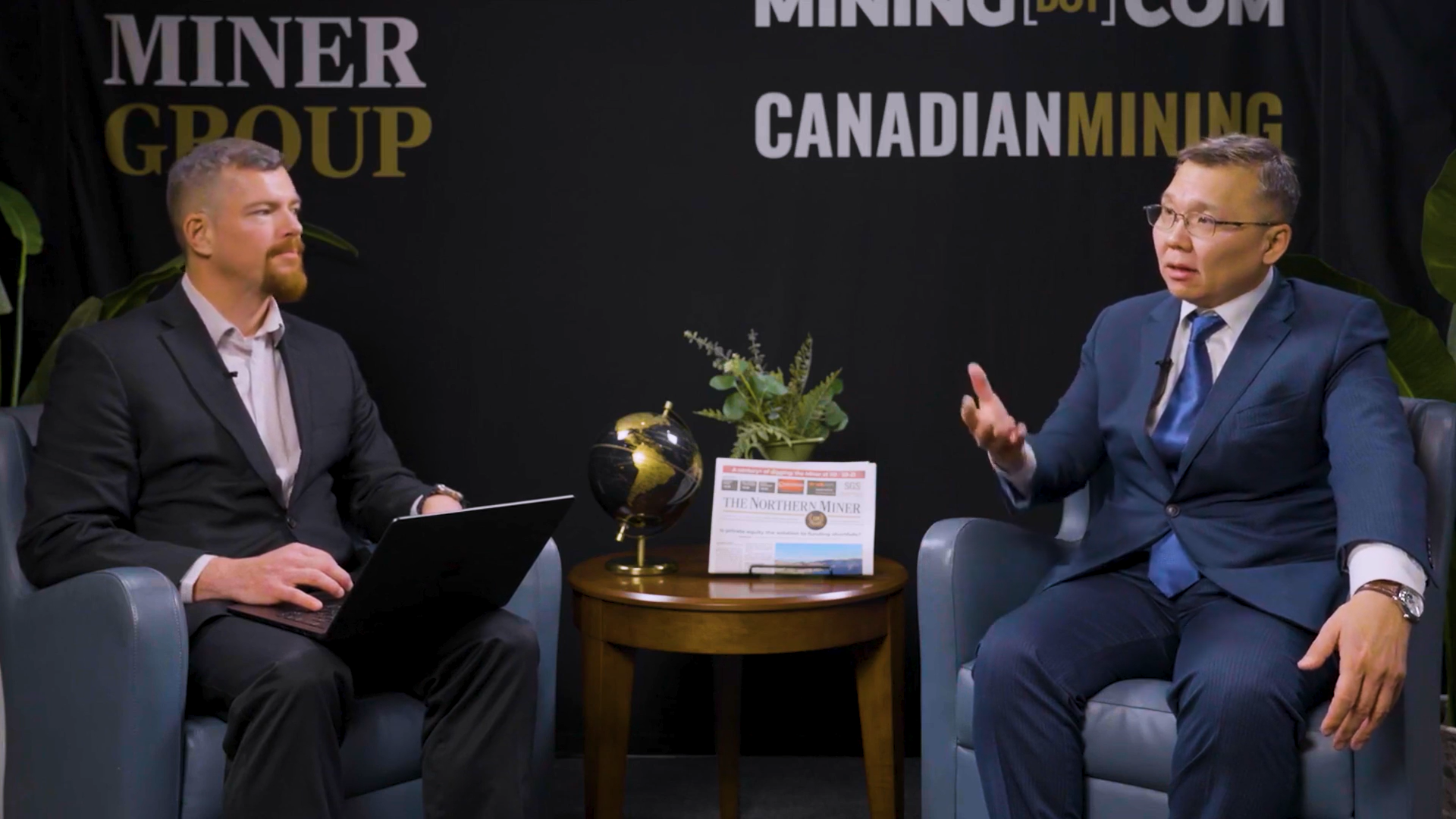Gold finds strong support from negative real rates
By Frank Holmes
In case you haven’t already noticed, inflation has been steadily creeping up since July. In February, the most recent month of available data, consumer prices advanced at their fastest pace in five years, hitting 2.7 percent year-over-year. March data won’t be released until next week, but I expect prices to proceed on this upward trend, buttressed by rising mortgages and costs associated with health care and energy.
One of the consequences of strong inflation is that real rates—what you get when you subtract the current consumer price index (CPI) from the nominal rate—have turned negative. And when this happens, gold has typically been a beneficiary. This is the Fear Trade in action.
Take a look below. Gold shares an inverse relationship with the real 10-year Treasury yield, which is influenced by consumer prices. When inflation is soft and the yield goes up, gold contracts. But when inflation is strong, as it is now, it can push the Treasury yield into subzero territory, prompting many investors to move into other so-called safe haven assets, including gold.
Again, I expect consumer prices to continue rising, especially if President Donald Trump gets his way regarding immigration and trade. Slowing the stream of cheap labor from Mexico and other Latin American countries, coupled with raising new tariffs at the border, should have the effect of making consumer goods and services more expensive. Although it might sting your pocketbook, faster inflation could be constructive for gold investors.
$1,475 an Ounce Gold this Year?
In its weekly precious metals report, London-based consultancy firm Metals Focus emphasized the importance of negative real rates on the price of gold, writing that “real and even nominal rates across several other key currencies, including the euro, should also remain negative for some time.” The European Central Bank’s deposit rate currently stands at negative 0.4 percent, not including inflation, and Sweden’s Riksbank, the world’s oldest central bank, will continue its negative interest rate policy as it awaits stronger economic growth. Meanwhile, the Bank of Japan left its short-term interest rate unchanged at negative 0.1 percent at its meeting last month.
This is all beneficial for gold. Discouraged by the idea of negative rates eating into their wealth, many savers might be compelled to invest in gold, which enjoys a reputation as an excellent store of capital.
Based on the near-term outlook for real rates, as well as uncertainty over Brexit, rising populism in Europe and Trump’s trade and foreign policies, Metals Focus analysts see gold testing $1,475 an ounce this year. If so, that would put the yellow metal at a four-year high.
Central Banks Still Have an Appetite for Gold
Since 2010, global central banks have been net buyers of gold as they move to diversify their reserves away from the U.S. dollar. Although 2016 purchases fell about 35 percent compared to 2015, they still remained high on a historical basis, thanks mostly to China and Russia.
These purchases are likely to continue this year, according to Metals Focus, though at a slower rate as many banks get closer to meeting their target reserves amount.
Because gold accounts for only 2.3 percent of China’s reserves, as of March, the Asian country might very well keep up with its monthly purchases for some time. (The U.S., by comparison, has nearly 75 percent of its reserves in gold.)
I’ve pointed out before that it’s reasonable for investors to pay attention to what central banks are doing. They’re diversifying their assets and, in a way, hedging against their very own policies. It would be prudent for every household to do the same. As such, I recommend a 10 percent weighting in gold, with 5 percent in bullion (coins and jewelry), the other 5 percent in quality gold stocks.
Lipper Recognizes Our Gold Fund
I believe an exceptional way to get exposure to high-quality gold stocks is through our Gold and Precious Metals Fund (USERX), which invests in precious metals mining “seniors,” or those that generally have the largest market cap in the mining sector. The first no-load gold fund in the U.S., USERX seeks not just capital appreciation but also protection against monetary instability and the very inflation I discussed earlier.
I’m very pleased to tell you that the fund was recently recognized by Thomson Reuters Lipper. In a New York City ceremony in March, the mutual fund data provider awarded USERX with two Fund Awards for 2017 in the Precious Metals Equity Funds category for the three- and five-year periods.
In January, the Gold and Precious Metals Fund was also awarded a 5-Star Overall Rating by respected investment ranking and analysis firm Morningstar, as of December 31, 2016. The fund was rated among 71 Equity Precious Metals funds, based on risk adjusted returns.
USERX is co-managed by myself and precious metals expert Ralph Aldis. The two of us were honored with the Mining Journal’s Best Americas Based Fund Manager award for 2016.
I invite you to visit the fund page for the Gold and Precious Metals Fund (USERX) to explore its holdings and performance!
Please consider carefully a fund’s investment objectives, risks, charges and expenses. For this and other important information, obtain a fund prospectus by visiting www.usfunds.com or by calling 1-800-US-FUNDS (1-800-873-8637). Read it carefully before investing. Foreside Fund Services, LLC, Distributor. U.S. Global Investors is the investment adviser.
Past performance does not guarantee future results. A high ranking does not necessarily mean that a fund had a positive return over the ranking period. See current performance for the Gold and Precious Metals Fund here.
Gold, precious metals, and precious minerals funds may be susceptible to adverse economic, political or regulatory developments due to concentrating in a single theme. The prices of gold, precious metals, and precious minerals are subject to substantial price fluctuations over short periods of time and may be affected by unpredicted international monetary and political policies. We suggest investing no more than 5% to 10% of your portfolio in these sectors.
Morningstar ratings for the Gold and Precious Metals Fund (USERX), in the Equity Precious Metals fund category: USERX was rated 5 Stars Overall out of 71 funds, 5 Stars out of 71 funds for the three-year period, 5 Stars out of 64 funds for the five-year period, and 4 Stars out of 46 funds for the 10-year period, as of December 31, 2016.
The Morningstar Rating™ for funds, or “star rating”, is calculated for managed products (including mutual funds, variable annuity and variable life subaccounts, exchange-traded funds, closed-end funds, and separate accounts) with at least a three-year history. Exchange-traded funds and open-ended mutual funds are considered a single population for comparative purposes. It is calculated based on a Morningstar Risk-Adjusted Return measure that accounts for variation in a managed product’s monthly excess performance, placing more emphasis on downward variations and rewarding consistent performance. The top 10% of products in each product category receive 5 stars, the next 22.5% receive 4 stars, the next 35% receive 3 stars, the next 22.5% receive 2 stars, and the bottom 10% receive 1 star. The Overall Morningstar Rating for a managed product is derived from a weighted average of the performance figures associated with its three-, five-, and 10-year (if applicable) Morningstar Rating metrics. The weights are: 100% three-year rating for 36-59 months of total returns, 60% five-year rating/40% three-year rating for 60-119 months of total returns, and 50% 10-year rating/30% five-year rating/20% three-year rating for 120 or more months of total returns. While the 10-year overall star rating formula seems to give the most weight to the 10-year period, the most recent three-year period actually has the greatest impact because it is included in all three rating periods.
Lipper named the Gold and Precious Metals Fund the Best Precious Metals Equity Fund, out of 62 funds, for the three-year period ending 11/30/2016. The fund was also recognized as Best Precious Metals Equity Fund, out of 58 funds, for the five-year period ending 11/30/2016. The award was earned for the fund’s consistent performance over the three-year and five-year periods ending 11/30/16.The award selection process began with Lipper calculating a Consistent Return score for each fund for the three-year and five-year time periods as of 11/30/16. Consistent Return is a quantitative metric that incorporates two characteristics: risk-adjusted return, and the strength of the fund’s performance trend. The top-scoring Consistent Return fund within each classification received the awards.
Although Lipper makes reasonable efforts to ensure the accuracy and reliability of the data contained herein, the accuracy is not guaranteed by Lipper. Users acknowledge that they have not relied upon any warranty, condition, guarantee, or representation made by Lipper. Any use of the data for analyzing, managing, or trading financial instruments is at the user’s own risk. This is not an offer to buy or sell securities.
The Mining Journal’s Best Americas Based Fund Manager award is among the publication’s annual Outstanding Achievement Awards and was decided based on metrics provided by Morningstar. The Mining Journal, based in London, is a leading publication for the global mining industry.
The consumer price index (CPI) is one of the most widely recognized price measures for tracking the price of a market basket of goods and services purchased by individuals. The weights of components are based on consumer spending patterns.
All opinions expressed and data provided are subject to change without notice. Some of these opinions may not be appropriate to every investor.
More News
Aurubis to ramp up new US copper recycling facility
Aurubus has invested $800 million building the project, which took four years.
April 09, 2025 | 02:50 pm
Trump says he does not want to see US Steel go to Japan
The comment appeared to contradict recent actions by the Trump administration.
April 09, 2025 | 02:49 pm
PDAC 2025 JV Video: Asian Battery Metals targets high-grade nickel in Mongolia
Company is preparing for a busy year of exploration at its Oval nickel-copper project following a high-grade discovery last year.
April 09, 2025 | 01:33 pm
{{ commodity.name }}
{{ post.title }}
{{ post.excerpt }}
{{ post.date }}






Comments